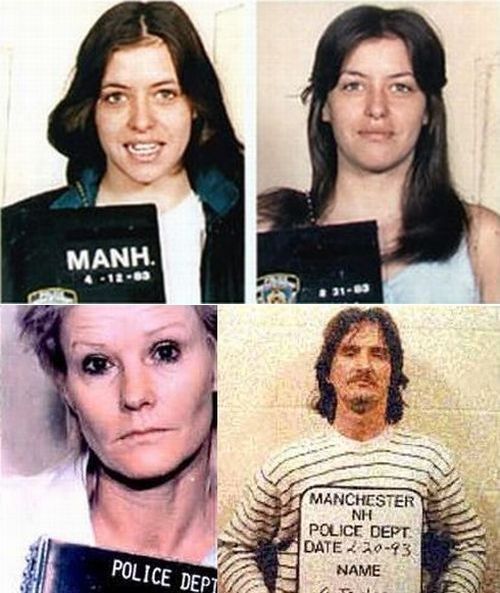

Work began on the album soon after Nine Inch Nails played the first Lollapalooza tour in 1991. More significantly, The Downward Spiral – with its hour-plus length, densely textured tracks and thematic links among the songs – was almost, gulp, a prog record at heart. But alt-rock – spurred by Nirvana and now the biggest music to take over radio and record stores in years – was picking up more traction until it all bottomed out by 1997. The music was still industrial and still harsh – even more so, in fact. With The Downward Spiral, Reznor carried the band into the '90s with a new sense of purpose. Beneath all the industrial racket were some real songs. But it was invigorating, inviting to a point and, most of all, catchy. And Pretty Hate Machine wasn't all that original.

Ministry, Nitzer Ebb and Skinny Puppy were doing similar things in other parts of the world (Nitzer Ebb were from the U.K., Skinny Puppy came from Canada Chicago's Ministry were a little closer to Nine Inch Nails' Cleveland home). shores and ears to rock music that wasn't played primarily on guitars, but by the end of the '80s, a left-of-the-dial culture had sprung up that celebrated those dusty guitars – albeit with just a fraction of the machismo and obnoxious behavior that pretty much had run its course by the end of the '70s. When Reznor released Pretty Hate Machine in 1989, synth-pop was pretty much at the end of its decade-dominating rope.


 0 kommentar(er)
0 kommentar(er)
